Find Help
More Items From Ergsy search
-

Mechanical Lower Back Pain
Relevance: 100%
-
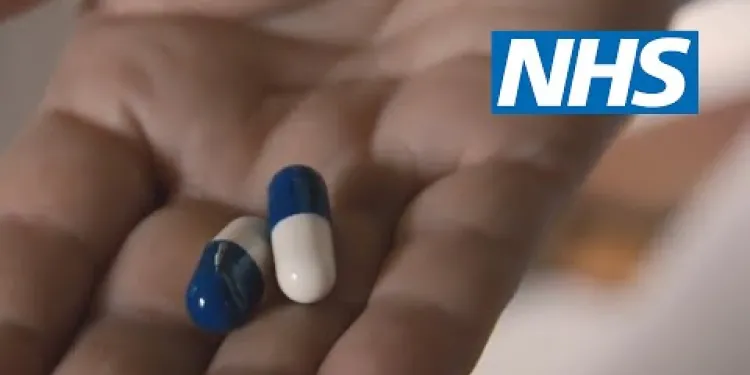
How to treat back pain | NHS
Relevance: 96%
-

How do chiropractors treat back pain?
Relevance: 96%
-
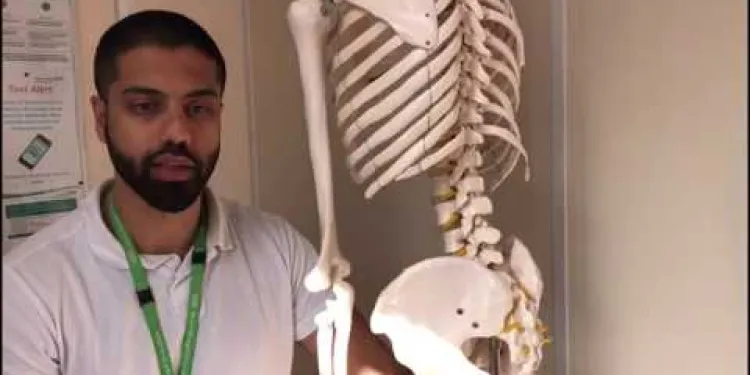
MSK Lower Back Pain information video
Relevance: 92%
-

Useful information for patients with lower back pain
Relevance: 92%
-

Useful information for patients with lower back pain
Relevance: 89%
-

Evidence-Based Interventions: injections for non-specific low back pain without sciatica
Relevance: 81%
-
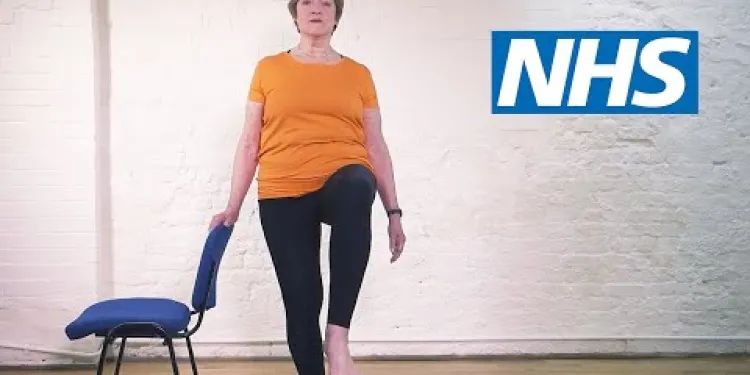
Pilates for back pain: Standing on one leg | NHS
Relevance: 80%
-

Are chiropractic treatments painful?
Relevance: 80%
-

Pilates for back pain: Seated waist twist | NHS
Relevance: 78%
-

Pilates for back pain: Seated waist twist | NHS
Relevance: 77%
-

Back stretches | NHS
Relevance: 69%
-
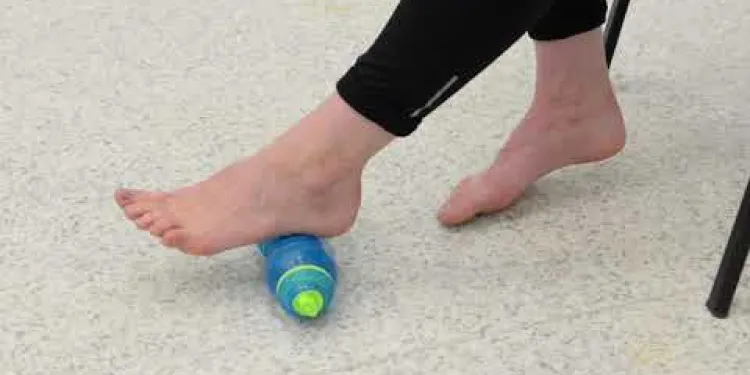
Foot Pain
Relevance: 56%
-

Are chiropractic treatments safe?
Relevance: 56%
-

Should I avoid lying on my back during exercise?
Relevance: 55%
-
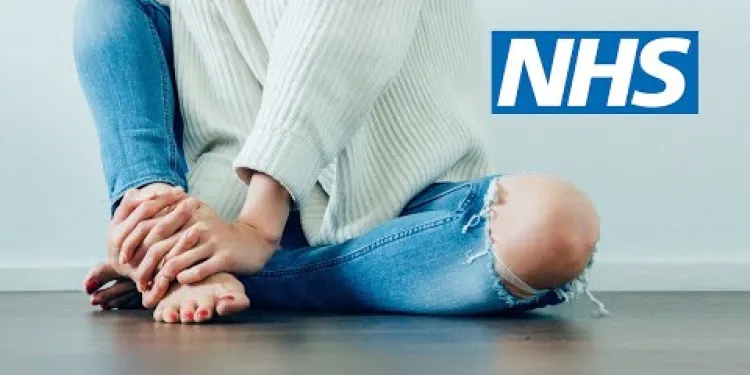
Heel pain | NHS
Relevance: 52%
-

Is impetigo painful?
Relevance: 52%
-
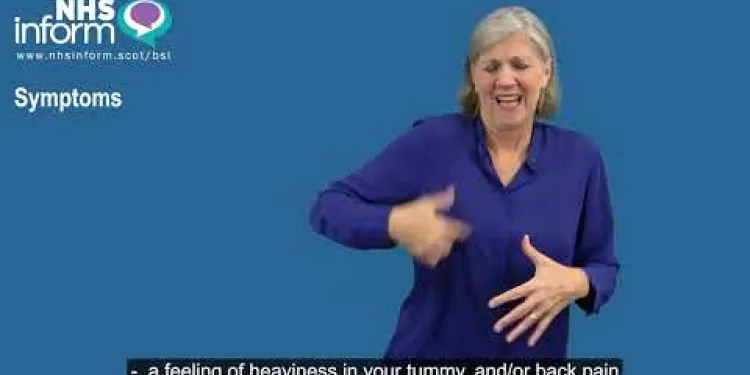
Period pain (dysmenorrhoea) - BSL
Relevance: 51%
-

Shoulder pain | NHS
Relevance: 49%
-
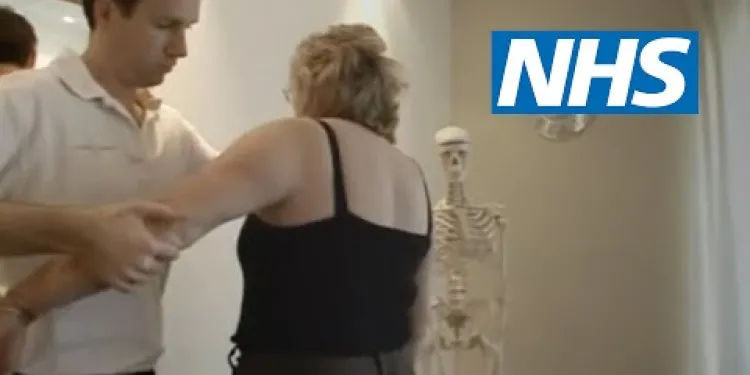
Shoulder pain | NHS
Relevance: 49%
-

How to deal with period pain | NHS
Relevance: 49%
-

How to deal with period pain | NHS
Relevance: 49%
-

Shoulder subacromial shoulder pain
Relevance: 47%
-
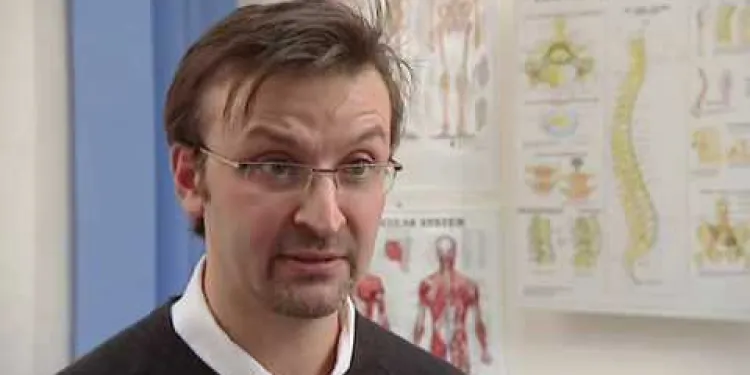
Advice on neck pain and whiplash
Relevance: 47%
-

Are there any fees to claim money back?
Relevance: 47%
-

Where is the pain located when you have appendicitis?
Relevance: 46%
-

Is a facelift painful?
Relevance: 46%
-

Greater trochanteric pain syndrome
Relevance: 45%
-

Is a mammogram painful?
Relevance: 45%
-

What are the treatment options for whiplash?
Relevance: 44%
-
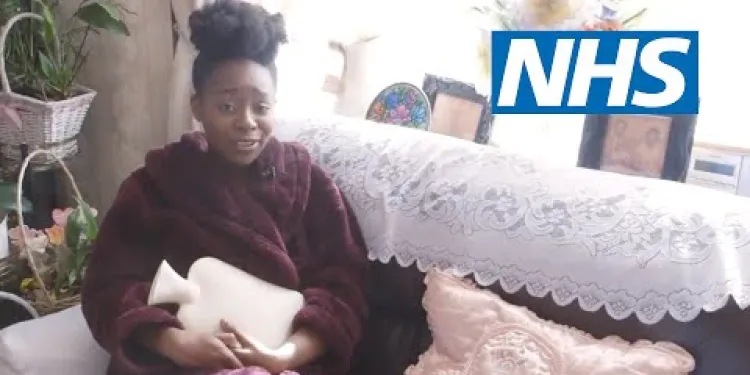
How to deal with period pain | NHS
Relevance: 44%
-

How to deal with period pain | NHS
Relevance: 44%
-

Can lifestyle changes help manage pain and fever during pregnancy?
Relevance: 44%
-
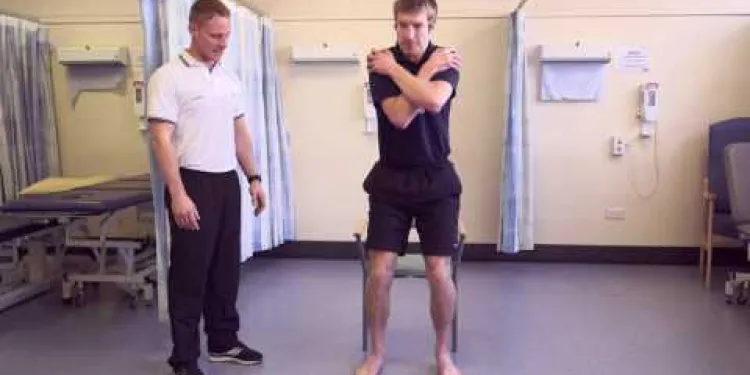
Exercises to help your lateral hip pain
Relevance: 44%
-
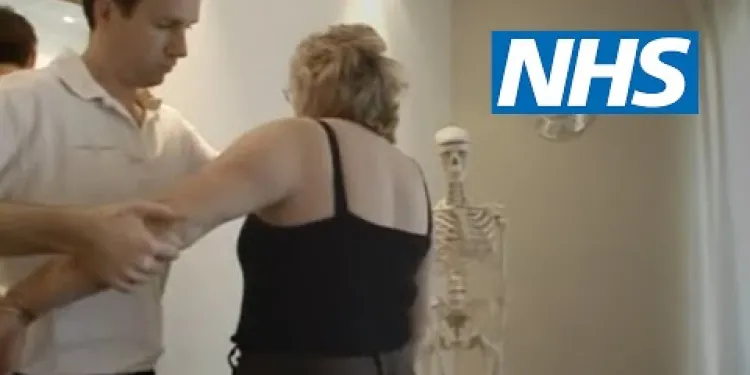
Shoulder pain | NHS
Relevance: 44%
-
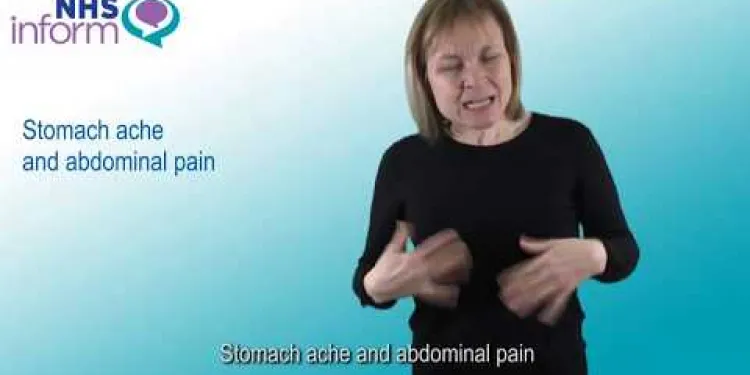
Stomach ache and abdominal pain
Relevance: 44%
-

What is the role of pain management in treating whiplash?
Relevance: 43%
-
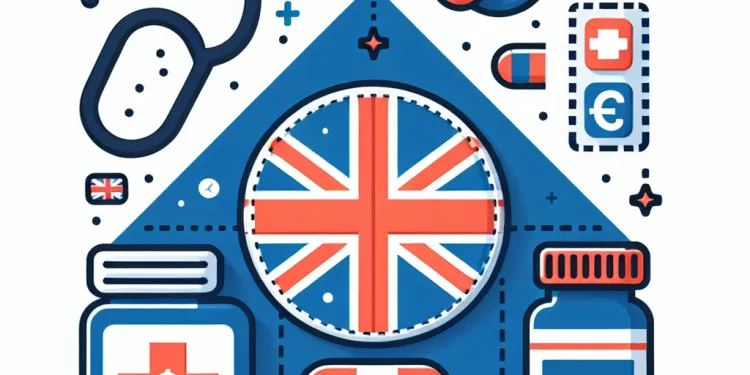
What treatments are available for shingles?
Relevance: 43%
-

Is it possible to have a heart attack without chest pain?
Relevance: 43%
-
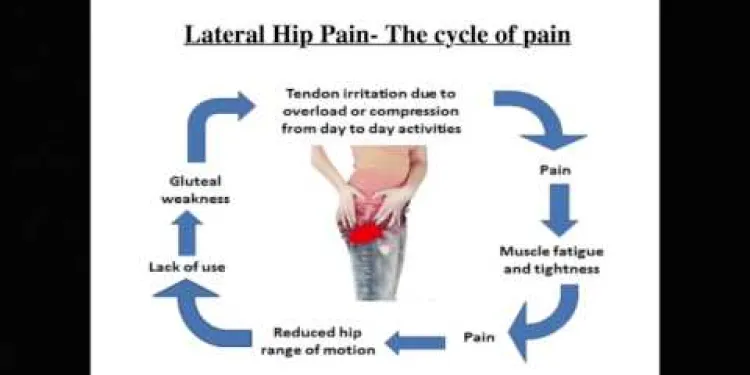
Advice - How to manage your lateral hip pain
Relevance: 43%
How to Treat Back Pain | NHS
Understanding Back Pain
Back pain is a common health issue in the United Kingdom, affecting millions of people annually. It can range from a mild, temporary discomfort to severe, chronic pain. Recognizing the type of back pain you are experiencing, whether it's due to muscle strain, ligament sprain, herniated disc, or other conditions, is crucial in treating it effectively. The NHS provides various methods to manage and alleviate back pain, both at home and with professional help.
Self-Care at Home
For many types of back pain, self-care measures can be highly effective. These include:
- Rest and Relaxation: Taking a short period of rest can help reduce initial pain, but it's important not to stay inactive for too long as it can weaken the muscles and worsen the condition.
- Exercise: Gentle exercises and stretches designed to improve core strength and flexibility can significantly aid in reducing back pain. Walking, swimming, or classes like yoga and pilates can be beneficial.
- Hot and Cold Therapy: Alternating between heat pads and ice packs can help to reduce inflammation and alleviate pain. Apply for no more than 20 minutes at a time.
- Pain Relief Medication: Over-the-counter medications such as ibuprofen or paracetamol can provide temporary pain relief. Always follow the dosage instructions and consult with a pharmacist if unsure.
When to Seek Professional Help
If self-care methods do not alleviate your pain, or if your symptoms worsen, it's important to consult with a healthcare professional. The NHS recommends seeking medical advice if you experience:
- Severe pain that doesn't improve with rest
- Back pain following a serious injury or accident
- Numbness, tingling, or weakness in your legs or feet
- Difficulty controlling bladder or bowel functions
- Unexplained weight loss alongside back pain
Treatments Provided by the NHS
Depending on the cause of your back pain, various treatments may be provided by the NHS, such as:
- Physiotherapy: A physiotherapist can provide tailored exercises, manual therapy, and education to manage and improve your back condition.
- Chiropractic and Osteopathy: These treatments involve manual manipulation and adjustments that can help relieve certain kinds of back pain.
- Prescription Medications: For more severe pain, a doctor may prescribe stronger pain relief or muscle relaxants.
- Surgery: In rare cases, if other treatments do not work and there is a clear cause, surgical options may be considered, such as operations to relieve pressure on a nerve.
Preventive Measures
Prevention is always better than cure. To prevent back pain, the NHS recommends:
- Maintaining a healthy weight
- Exercising regularly
- Maintaining good posture
- Using proper techniques when lifting heavy objects
By following these guidelines and seeking appropriate treatment, you can manage and reduce back pain effectively. For more information, always consult your NHS healthcare provider.
How to Treat Back Pain | NHS
Understanding Back Pain
Back pain is common in the UK. It affects many people each year. Back pain can be mild or it can hurt a lot and last a long time. Knowing why your back hurts is important to help it feel better. It could be from muscle strain, a ligament sprain, or a slipped disc. The NHS has ways to help you manage and ease back pain at home or with a doctor's help.
Self-Care at Home
You can do some things at home to help your back feel better:
- Rest and Relaxation: Resting can help with the pain at first. But don't rest too long because it can make your muscles weaker and make pain worse.
- Exercise: Easy exercises and stretches can help your back. Try walking, swimming, or doing yoga or pilates.
- Hot and Cold Therapy: Use a warm pad or a cold pack on your back for 20 minutes. This can help with pain and swelling.
- Pain Relief Medication: You can take medicine like ibuprofen or paracetamol to help with pain. Always follow the instructions on the pack.
When to Seek Professional Help
If the pain does not get better with home care, see a doctor. You should get medical help if you have:
- Bad pain that does not go away with rest
- Pain after a bad injury or accident
- Feel numb or tingly in your legs or feet
- Trouble controlling your bladder or bowel
- Lose weight without trying and have back pain
Treatments Provided by the NHS
The NHS can help with back pain in different ways:
- Physiotherapy: A physiotherapist can show you exercises to help your back and teach you how to take care of it.
- Chiropractic and Osteopathy: These treatments use hands-on methods to help reduce pain.
- Prescription Medications: If the pain is bad, a doctor can give you stronger medicine.
- Surgery: Sometimes, if nothing else works, an operation may help fix the problem.
Preventive Measures
It’s better to stop back pain before it starts. To prevent it, the NHS suggests:
- Keeping a healthy weight
- Exercising regularly
- Sitting and standing with good posture
- Lifting heavy things the right way
Follow these tips and get the right help to manage and reduce back pain. Always talk to your NHS healthcare provider for more advice.
Frequently Asked Questions
What are the common causes of back pain?
Back pain can be caused by poor posture, lack of exercise, muscle or ligament strain, herniated discs, arthritis, or conditions such as sciatica.
When should I see a GP about back pain?
You should see a GP if the pain doesn't improve after a few weeks, is severe or worsening over time, or if you're struggling to cope with the pain.
How can I manage back pain at home?
To manage back pain at home, stay as active as possible, use hot or cold packs for relief, do exercises prescribed by a physiotherapist, and consider over-the-counter pain relief.
What exercises are recommended for back pain?
Gentle activities like walking or swimming, as well as specific exercises like stretching and strengthening routines for the back and core muscles, are recommended.
Is it better to use heat or cold to relieve back pain?
Both heat and cold can help relieve back pain. Use cold packs for the first 48 hours to reduce inflammation, then switch to heat packs to relax muscles and improve blood flow.
Can poor posture cause back pain?
Yes, poor posture can lead to back pain by putting extra strain on the muscles and ligaments of the back.
Are there any specific sleep positions that help with back pain?
Sleeping on your back with a pillow under your knees or on your side with a pillow between your knees can help relieve back pain.
Should I avoid all activities if I have back pain?
No, it's important to stay as active as possible. Gentle activities like walking can help keep your back muscles strong and flexible.
Can stress contribute to back pain?
Yes, stress can cause muscle tension, leading to back pain. Relaxation techniques such as deep breathing, meditation, or yoga can help manage stress and reduce pain.
Are there any non-prescription treatments for back pain?
Yes, over-the-counter pain relievers like ibuprofen or paracetamol, hot or cold packs, and topical pain relief creams can be used. Always follow the instructions on the packaging.
How can I prevent back pain?
To prevent back pain, maintain a healthy weight, stay active, strengthen your core muscles, practice good posture, and lift objects carefully using your legs.
Can lifestyle changes help with back pain?
Yes, lifestyle changes such as losing weight, quitting smoking, and improving posture can significantly help reduce or prevent back pain.
Is it normal for back pain to last for a long time?
While most back pain improves within a few weeks, some cases can become chronic. If you experience prolonged pain, consult a GP for further evaluation.
Do I need imaging tests like X-rays or MRI for back pain?
Not usually. Most cases of back pain do not require imaging tests. A GP will determine if further investigations are necessary based on your symptoms.
Can complementary therapies help with back pain?
Some people find relief from back pain through complementary therapies such as acupuncture, chiropractic care, or massage. Consult with a GP before starting any new treatment.
What makes your back hurt?
Many things can make your back hurt. Here are some common reasons:
- Carrying something heavy.
- Standing or sitting for too long.
- Sleeping in a funny way.
- Getting hurt while playing.
- Feeling very worried or stressed.
If your back hurts a lot, it can help to tell an adult and visit a doctor.
Your back can hurt for many reasons. It might be because you sit or stand in a bad way, don't exercise enough, pull a muscle, or have a slipped disc. Sometimes, it is because of problems like arthritis or sciatica.
When should I visit a doctor for back pain?
If your back hurts, it's good to see a doctor if:
- The pain does not go away after a few weeks.
- The pain is very bad or gets worse.
- You feel weak or numb in your legs.
- You have trouble peeing or feel like you need to pee a lot.
- You feel sick or have a fever.
Talking to a doctor can help you feel better. You can also try these tips:
- Use a warm cloth or a cold pack on your back.
- Try gentle stretches or light walking.
- Ask someone to help with tasks that are hard.
Tools like audiobooks can make it easier to learn about back pain. Try using a calendar to track your pain and when you take medicine. This can help the doctor understand and help you more.
You should see a doctor if:
- The pain doesn't get better after a few weeks.
- The pain is really bad or getting worse.
- You find it hard to deal with the pain.
How can I look after my back pain at home?
If your back hurts, there are some things that might help.
Try these ideas:
- Rest your back for a little while, but not too long.
- Use a warm towel or a cold pack to make your back feel better.
- Move carefully and gently stretch your muscles.
- Make sure you have a comfy spot to sit or lie down.
- Ask someone for help with things that are hard to do.
If your back still hurts a lot, you should talk to a doctor.
Here are some tools that might help:
- Pillows for support
- Hot water bottle
- Ice pack
- Stretching exercises
To help with back pain at home:
- Try to keep moving, like walking or doing light stretches.
- Use a hot water bottle or ice pack to feel better.
- Do simple exercises that a doctor or therapist gives you.
- If it hurts, you can ask an adult to get some medicine from the shop.
What exercises are good for back pain?
If your back hurts, some exercises can help you feel better.
Always talk to a doctor before you start new exercises. A doctor can tell you which exercises are safe for you.
Here are a few exercises that might help:
- Gentle stretching: Stretching can make your muscles feel less tight.
- Walking: Walking is a simple exercise that is good for your back.
- Swimming: Swimming helps you move without putting a lot of weight on your back.
- Yoga: Yoga helps you stretch and become more flexible.
You can use tools to help you exercise:
- Try an exercise mat for stretches.
- Wear good shoes for walking.
- Try exercise videos made for beginners. They can show you how to move safely.
Remember to listen to your body. If something hurts, stop and ask for help.
Try gentle activities like walking or swimming. These are good for your body.
You can also do special exercises. These exercises help your back and stomach muscles. Stretching and strengthening are two types of exercises that help.
Some helpful tools and techniques are:
- Using videos or apps to show you how to do the exercises.
- Remember to take breaks and not push yourself too hard.
- Ask someone to exercise with you, like a friend or family member.
Should I use heat or cold to help my back feel better?
Heat and cold can help with back pain.
First, use cold packs for 2 days. This helps with swelling.
After that, use heat packs. This helps relax muscles and makes blood flow better.
Tools like warm towels or ice packs can help.
Can sitting or standing badly make your back hurt?
Yes, sitting or standing in a bad way can hurt your back. It makes your back muscles work too hard.
Can sleeping positions help with back pain?
Do you have back pain? The way you sleep can help. Try these tips:
- Sleep on your back with a pillow under your knees. This can help your back.
- Sleep on your side with a pillow between your knees. This can make your back feel better.
- Use a good pillow for your head and neck.
If you need help, ask someone you trust to show you these positions.
Using a special mattress or pillow can also help your back. You can ask a doctor or a friend for more advice.
To help your back feel better, try sleeping on your back with a pillow under your knees. Or, you can sleep on your side with a pillow between your knees.
You can also try using a special pillow or a soft mattress topper to feel more comfortable.
Do I need to stop all activities if my back hurts?
If your back hurts, you don’t have to stop everything. Here is how you can help:
- Try to keep moving gently. Stretch or walk if you feel you can.
- Listen to your body. If something hurts a lot, stop doing it.
- Ask a doctor or a physiotherapist for advice. They can help you find safe activities.
- Use tools like a warm pack or cushion to feel more comfortable.
Remember, a little movement can help you feel better!
No, it is good to keep moving. Simple things like going for a walk can help make your back muscles strong and bendy.
Can stress cause back pain?
Yes, feeling stressed can make your muscles tight. This can give you pain in your back. Doing things to relax, like taking big, slow breaths, meditating, or doing yoga, can help you feel less stressed and make the pain better.
Can you help your back feel better without seeing a doctor?
Yes, you can use medicines you buy at the store, like ibuprofen or paracetamol, to help with pain. You can also use hot or cold packs or special creams to put on your skin for pain. Always read and do what the instructions say on the package.
How can I stop back pain?
To stop your back from hurting, try to do these things:
- Keep a healthy weight.
- Move your body every day.
- Make your tummy muscles strong.
- Stand and sit up straight.
- When you pick things up, use your legs to help.
If you need help, you can try:
- Asking someone to show you good exercises.
- Watching videos on how to lift safely.
- Using a chair with good support for your back.
Can changing how you live help with back pain?
Yes, changing the way you live can help your back feel better. You can:
- Lose weight if you need to
- Stop smoking
- Sit and stand up straight
These things can help make your back hurt less.
Support tools like a good chair or a cushion can also help. Try stretching exercises to feel better.
Can back pain last a long time?
Sometimes, back pain can stay for a while. But don't worry! There are things you can do to feel better.
If your back hurts for many days, you should talk to a doctor. They can help you find out why it hurts.
Here are some things that might help:
- Use a hot pack to make your back feel better.
- Try gentle exercises, like walking or stretching.
- Ask someone to show you how to sit and stand the right way.
Remember, it's okay to ask for help!
Most back pain gets better in a few weeks. But sometimes, it lasts a long time and does not go away. If your back keeps hurting, see a doctor. They can help find out what is wrong.
Do I need pictures like X-rays or MRI for back pain?
If your back hurts, you might not need special pictures like X-rays or MRI. These are special cameras that look inside your body.
Here is what you can do:
- Rest your back.
- Use heat or ice to feel better.
- Try gentle exercises or stretches.
- Ask a grown-up or a doctor if you still feel bad.
Sometimes, a doctor might say you need these pictures if:
- Your pain doesn’t go away.
- You had a big accident.
- Your legs feel weak or tingly.
Talk to an adult or a doctor for help.
Most of the time, you don't need tests like X-rays for back pain. The doctor will check your symptoms to see if you need tests.
Can other treatments help with back pain?
Do you have back pain? Sometimes, other treatments can help. These treatments are different from regular medicine. Here are some of them:
- Massage: A person rubs and presses your back. It can help you feel better.
- Yoga: Special exercises and stretches. They can make your back stronger.
- Chiropractic: A doctor gently moves your back. It can help with pain.
If you have back pain, talk to a doctor. They can help you find the best treatment. You can ask someone to go with you to help remember what the doctor says. It can also help to write down what the doctor tells you.
Some people feel better from back pain with special treatments like acupuncture, seeing a chiropractor, or getting a massage. Talk to your doctor before trying anything new.
Useful Links
- Ergsy carfully checks the information in the videos we provide here.
- Videos shown by Youtube after a video has completed, have NOT been reviewed by ERGSY.
- To view, click the arrow in centre of video.
- Most of the videos you find here will have subtitles and/or closed captions available.
- You may need to turn these on, and choose your preferred language.
- Go to the video you'd like to watch.
- If closed captions (CC) are available, settings will be visible on the bottom right of the video player.
- To turn on Captions, click settings .
- To turn off Captions, click settings again.
More Items From Ergsy search
-

Mechanical Lower Back Pain
Relevance: 100%
-

How to treat back pain | NHS
Relevance: 96%
-

How do chiropractors treat back pain?
Relevance: 96%
-

MSK Lower Back Pain information video
Relevance: 92%
-

Useful information for patients with lower back pain
Relevance: 92%
-

Useful information for patients with lower back pain
Relevance: 89%
-

Evidence-Based Interventions: injections for non-specific low back pain without sciatica
Relevance: 81%
-

Pilates for back pain: Standing on one leg | NHS
Relevance: 80%
-

Are chiropractic treatments painful?
Relevance: 80%
-

Pilates for back pain: Seated waist twist | NHS
Relevance: 78%
-

Pilates for back pain: Seated waist twist | NHS
Relevance: 77%
-

Back stretches | NHS
Relevance: 69%
-

Foot Pain
Relevance: 56%
-

Are chiropractic treatments safe?
Relevance: 56%
-

Should I avoid lying on my back during exercise?
Relevance: 55%
-

Heel pain | NHS
Relevance: 52%
-

Is impetigo painful?
Relevance: 52%
-

Period pain (dysmenorrhoea) - BSL
Relevance: 51%
-

Shoulder pain | NHS
Relevance: 49%
-

Shoulder pain | NHS
Relevance: 49%
-

How to deal with period pain | NHS
Relevance: 49%
-

How to deal with period pain | NHS
Relevance: 49%
-

Shoulder subacromial shoulder pain
Relevance: 47%
-

Advice on neck pain and whiplash
Relevance: 47%
-

Are there any fees to claim money back?
Relevance: 47%
-

Where is the pain located when you have appendicitis?
Relevance: 46%
-

Is a facelift painful?
Relevance: 46%
-

Greater trochanteric pain syndrome
Relevance: 45%
-

Is a mammogram painful?
Relevance: 45%
-

What are the treatment options for whiplash?
Relevance: 44%
-

How to deal with period pain | NHS
Relevance: 44%
-

How to deal with period pain | NHS
Relevance: 44%
-

Can lifestyle changes help manage pain and fever during pregnancy?
Relevance: 44%
-

Exercises to help your lateral hip pain
Relevance: 44%
-

Shoulder pain | NHS
Relevance: 44%
-

Stomach ache and abdominal pain
Relevance: 44%
-

What is the role of pain management in treating whiplash?
Relevance: 43%
-

What treatments are available for shingles?
Relevance: 43%
-

Is it possible to have a heart attack without chest pain?
Relevance: 43%
-

Advice - How to manage your lateral hip pain
Relevance: 43%


